Valentina Concu (West Lafayette) p.15-40
2020 Issue 1
Abstract
In recent decades, many scholars have recognized the relevant role played by listening activities in learning a foreign language (Rost 1994). The shift to more communicative teaching approaches in the 1970s has brought forth renewed interest for listening and researchers have started to advocate for more authentic language (Johnson & Morrow 1981). However, despite these developments, the language presented to learners is still “a poor representation of the real thing” (Gilmore 2007: 2). Furthermore, listening activities and assessment based on written texts are common in many language classrooms (Vandergrift & Goh 2012, Field 2013, Wagner 2016b, Wagner & Wagner 2016) and Ockey & Wagner 2018). While these claims can be considered valid for the teaching of English, little research has been conducted on the teaching of German as a foreign language. This study attempts to bridge this gap by analyzing the linguistic features of the assessment material used for elementary and intermediate classes at a Midwestern university in the USA. These activities are compared with the linguistic features found in similar recordings from the Database of Spoken German as a means to determine their degree of authenticity. The analysis reveals a similar scenario to the one described for English.
